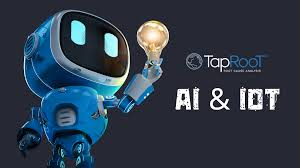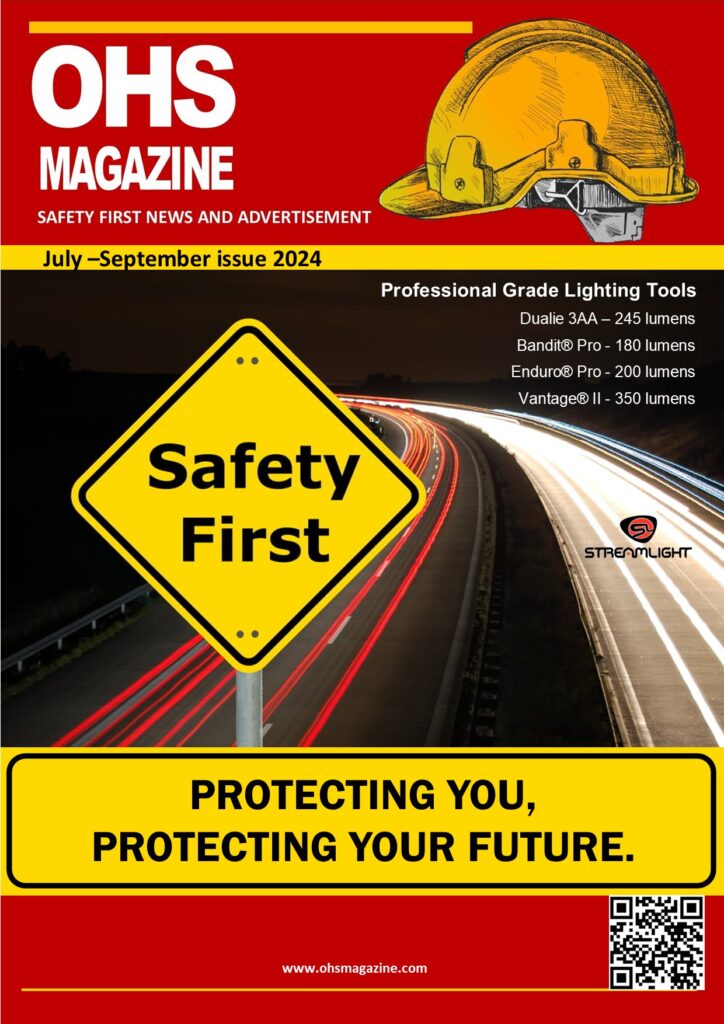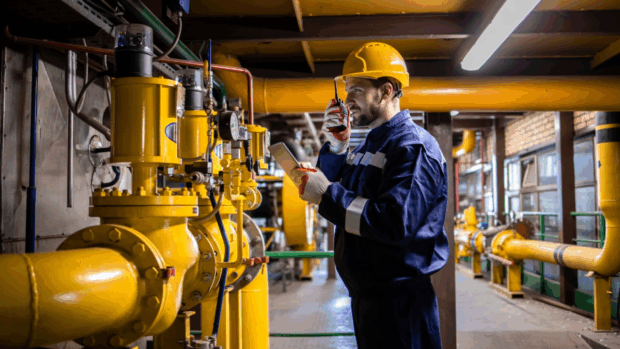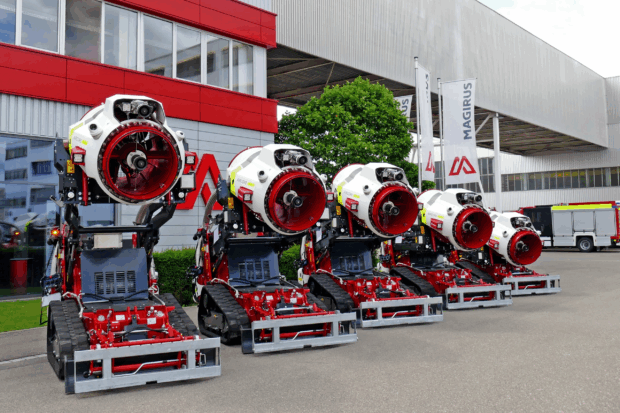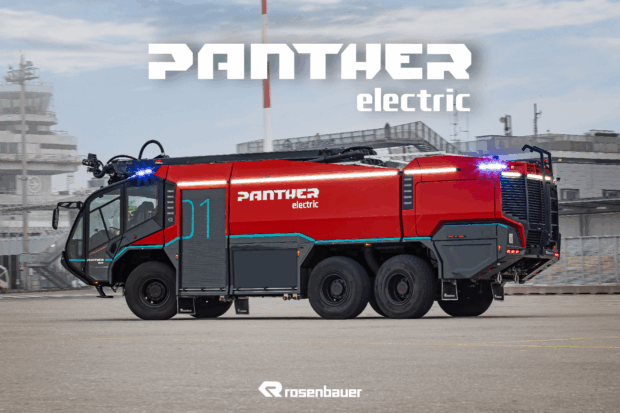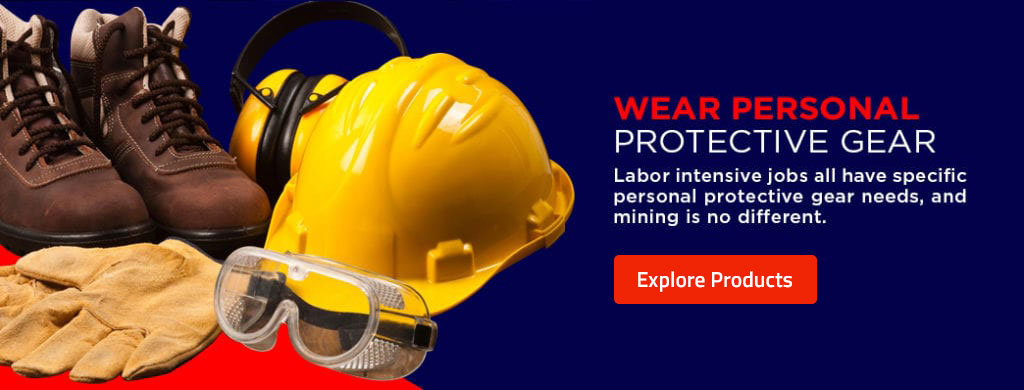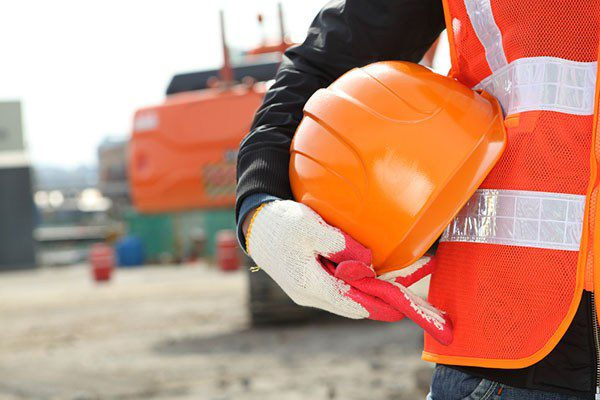AI and IoT in Workplace Safety: Enhancing Risk Management
Executive Summary
The integration of Artificial Intelligence (AI) and the Internet of Things (IoT) into workplace safety practices marks a transformative advancement in risk management. By leveraging these technologies, organizations can proactively address potential hazards, optimize monitoring processes, and prevent workplace incidents more effectively. This white paper explores the roles AI and IoT play in enhancing workplace safety through improved monitoring, predictive maintenance, and incident prevention.
Introduction
Workplace safety is a critical aspect of organizational operations, influencing employee well-being, productivity, and compliance with regulatory standards. Traditional safety practices, while effective to an extent, often rely on reactive measures that address hazards only after they occur. AI and IoT technologies offer an opportunity to transition to a proactive safety paradigm, enabling real-time monitoring, early warning systems, and data-driven decision-making.
Role of AI in Workplace Safety
1. Real-Time Data Analysis and Monitoring
AI algorithms can process vast amounts of data from IoT devices in real time. This enables organizations to monitor workplace conditions continuously and detect anomalies that may indicate potential hazards. For instance, AI-powered video analytics can identify unsafe behaviors, such as employees entering restricted areas or failing to wear protective gear.
2. Predictive Analytics
Using historical data and machine learning models, AI can predict when and where accidents are most likely to occur. For example, AI can analyze equipment usage patterns to forecast failures, allowing maintenance teams to address issues before they lead to accidents.
3. Decision Support
AI systems provide actionable insights by synthesizing data from multiple sources. They can recommend safety improvements, optimize emergency response plans, and suggest personalized training for employees based on their risk profiles.
Role of IoT in Workplace Safety
1. Environmental Monitoring
IoT devices equipped with sensors can measure parameters such as temperature, humidity, air quality, and noise levels. This data helps organizations maintain safe working conditions, particularly in environments prone to hazardous changes, such as factories or construction sites.
2. Wearable Technology
IoT-enabled wearables, such as smart helmets and wristbands, can monitor workers’ vital signs, fatigue levels, and exposure to harmful substances. These devices provide immediate alerts if thresholds are exceeded, enabling timely interventions.
3. Asset Tracking and Maintenance
IoT devices can track the condition and location of critical assets. Coupled with AI, this data supports predictive maintenance strategies, reducing the likelihood of equipment-related incidents and downtime.
Enhancing Risk Management with AI and IoT
1. Integrated Safety Ecosystem
The combination of AI and IoT creates an integrated safety ecosystem. IoT devices collect data, and AI processes this information to generate actionable insights. For example, in a manufacturing plant, sensors can detect abnormal vibrations in machinery, and AI can predict potential malfunctions, alerting operators before failures occur.
2. Incident Prevention
AI and IoT technologies can prevent incidents by identifying risk factors and providing early warnings. For instance, IoT sensors in a warehouse can detect when a forklift is overloaded, and AI can issue alerts to prevent accidents.
3. Compliance and Reporting
AI systems can automate compliance checks and generate detailed safety reports. This reduces the administrative burden on safety teams and ensures adherence to regulatory standards.
Case Studies
1. Manufacturing Industry
A global manufacturing firm implemented IoT-enabled sensors across its facilities to monitor machinery health. AI algorithms analyzed the data to predict maintenance needs, reducing equipment failures by 40% and improving overall safety.
2. Construction Sector
A construction company deployed wearable devices to monitor workers’ heart rates and exposure to harmful substances. AI analytics identified patterns of fatigue and stress, prompting adjustments to work schedules and enhancing worker safety.
Challenges and Considerations
1. Data Privacy and Security
The collection and analysis of sensitive data require robust security measures to prevent breaches and misuse. Organizations must establish clear policies to protect employee privacy.
2. Integration and Scalability
Integrating AI and IoT systems into existing workflows can be complex. Organizations should ensure that these technologies are scalable and compatible with their operational needs.
3. Cost and ROI
The initial investment in AI and IoT technologies can be significant. However, the long-term benefits, including reduced accidents, downtime, and compliance costs, often outweigh the expenses.
Future Outlook
The adoption of AI and IoT in workplace safety is expected to grow as technology evolves. Emerging trends include the use of digital twins for risk simulations, advanced robotics for hazardous tasks, and edge computing for faster data processing. These innovations will further enhance the capabilities of AI and IoT in ensuring workplace safety.
Conclusion
AI and IoT represent a paradigm shift in workplace safety, enabling organizations to transition from reactive to proactive risk management. By leveraging these technologies, companies can create safer environments, reduce incidents, and foster a culture of safety. Investing in AI and IoT solutions not only enhances operational efficiency but also demonstrates a commitment to employee well-being and regulatory compliance.
Recommendations
- Conduct a comprehensive assessment to identify areas where AI and IoT can enhance safety.
- Invest in employee training to ensure effective use of new technologies.
- Collaborate with technology providers to implement secure and scalable solutions.
- Continuously monitor and evaluate the effectiveness of AI and IoT systems, making adjustments as needed.
By embracing AI and IoT, organizations can set new standards in workplace safety and risk management, safeguarding both their workforce and their bottom line.



